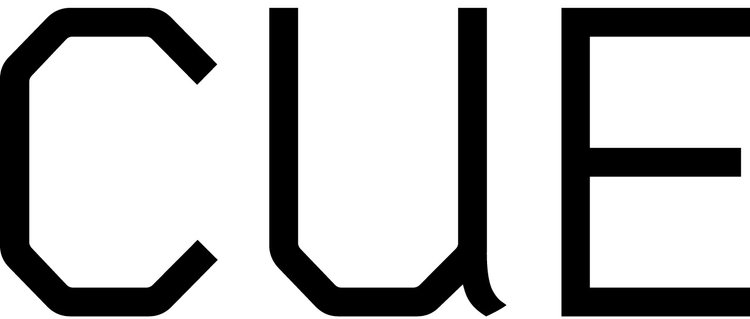In this expansive exhibition, Sarah Canright presents paintings from her ongoing exploration of—almost exclusively—the greyhound as compositional form and psychological subject. Canright constructs her compositions with the dogs' twisting bodies and limbs, producing works that are as visually eloquent as they are psychologically stirring. These paintings embrace the visual subtlety and emotional depth of oil on canvas, while also embodying the intimacy and immediacy of drawing.
Read More"Harvesting Narratives: Tales of Rural America and Race in the Work of Mitchell Squire" by Elly Fishman
In the studio, the tile is spattered with old coffee stains and the persistent remains of misdirected meals, while the walls are marked with remnants of cigarette and stovetop smoke. The three small rooms harbor an atmosphere of feral domesticity and are saturated with history and the evidence of past lives. It makes perfect sense then that Squire would choose this space to make his artwork, concerned as it is with the poetic interaction of loaded objects and materials, echoing across open or abandoned space.
Read More"The Way We See It: The New Drawings of Ryan and Trevor Oakes" by Deenah Vollmer
"It's easy to think that the world is out there, but in fact we're in the pitch darkness," said Ryan Oakes to me last June, gesturing toward our immediate surroundings. "The whole world exists right here," he said, pointing to his head.
Read More"Simon Leung: The Surface of the Earth" by Cole Akers
Throughout the 1990s, Simon Leung produced a series of works that addressed what he calls "the residual space of the Vietnam/American War." The term "residual space", in Leung's words, "evokes a sense of a remainder-the physically repressed that is bound to return."[1] In each of these projects-comprising video, performance, and a variety of other media-the artist explores the legacy of violence and displacement generated by the Vietnam War, as well as the disparate identities forged by war.
Read MoreEmily Sessions on Hope Ginsburg
Walking into Hope Ginsburg's exhibition at CUE Art Foundation, you are confronted with an array of objects that, like archaeological artifacts, seem to vibrate with significance. These books, mittens, trophies, and photographs don't reveal their meanings immediately, like the showier paintings and sculptures in other Chelsea galleries. They invite investigation, questioning. What are these objects, what are they saying?
Read More"States of Formation and Change: Elizabeth Winton's Prints and Paintings" by Greg Lindquist
Elizabeth Winton's latest works employ a hybrid of techniques, combining printmaking, collage and painting. Composed from splinters of paper and paint, her most recent "paintings" have roots in the collagraphic prints she made from 2008 to 2010.
Read More